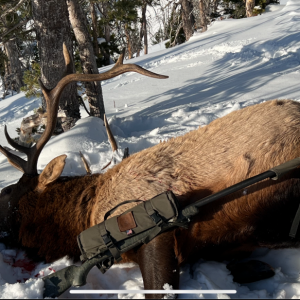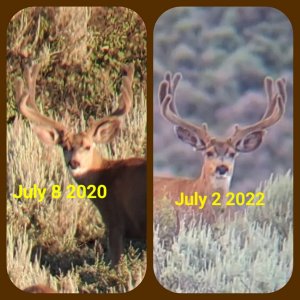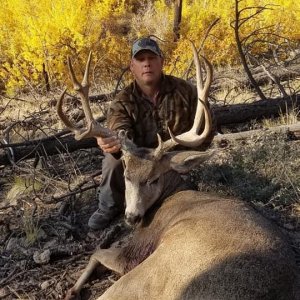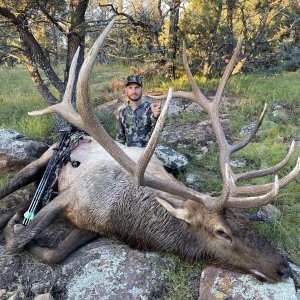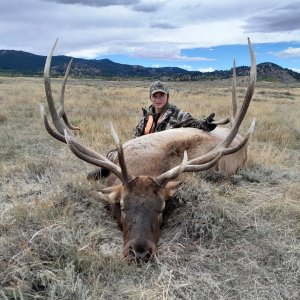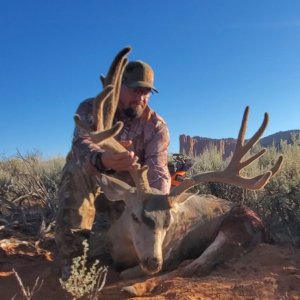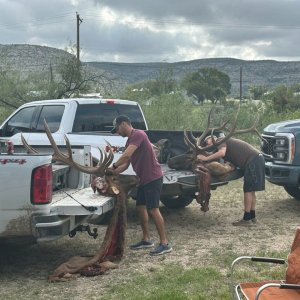There's mathematical shorthand to get those, but when you only do it that way, you may not gain a grasp on the logic. Better way is to picture it first, then calculate it. Sort of like the way poker-players, if they're good, can sum all possible hands for a given situation.
WIN TWICE: So we look and see that each draw consists of 19 different "losing tickets" plus one winner. And we know there are only 3 different ways to win two tags, as follows: win the first draw and the second draw, win the second draw and the third draw, or win the first draw and the third draw. And whichever draw you lose has 19 different "losing tickets", meaning 19 different ways to lose one and win two. So the total number of possible "hands" or combinations in which you could win 2 tags is: 3x19=57
WIN ONCE: Same logic as above. There are 3 ways to win one tag, as follows: win the first draw and lose the second and third, win the second and lose the first and third, and win the third and lose the first and second. Each one of those 3 draws has 19 different losing tickets, or ways to lose. But the "hands" we want to add up here are the hands in which you lose twice and win once. So considering these 3 combinations in which you lose 2 draws and win one, we simply multiply that out. For the 3 draws to produce 1 winner and 2 losers, there are 19x19 different possible combinations of losing hands. So the total number of "hands" in which you'd win only once is 3x19x19=1083.

